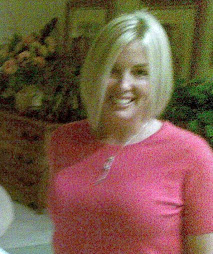Bigenho, Chris (2009, March/April). Mining for gold. Learning and Leading with Technology, 36 No. 6, Retrieved April 8, 2009, from http://www.learningandleading-digital.com/learning_leading/200904/
The beauty of RSS (real simple syndication)is that you are designing your own morning newspaper. It’s a collection of subscriptions for content that interests you and aggregated for you by the RSS. On a personal level it’s a great way to have the blogs, articles, wikis, pod casts, social bookmarking sites, or radio programs sent directly to you each day on a single page.
As a teacher, it’s a great way to collect information that can be assigned reading or resources for students. Students can also be involved in adding their own sources from their own RSS sites and it becomes a collaborative exchange of information.
RSS is also an important tool for keeping up on the ever changing world of technology and how it can be used in education. It’s also a good way for teachers to keep track of their student’s blogs. Rather than having to check constantly for new posts, the RSS feed aggregator automatically brings blog updates to the teacher. Bloglines, for example, has a notifier that will pop up an icon when a student makes a new post.
A social bookmarking site like Delicious can make bookmarked resources available to the entire class through a class tag that becomes a subscription that can be fed by an RSS aggregator to the class website, thus making all the collected information available to the entire class in one-stop shopping. Students can contribute by saving resources to the class tag.
Content can also be brought directly into HTML pages by creating a JavaScript for an existing or custom feed. For example, a teacher could use current news article feeds to provide course content. Topics could be based on different parts of the world.
I really like Bigenho’s idea of The Daily Me, a customized personal newspaper using RSS feeds. It’s a convenient way to simplify the information gathering/sharing process. It’s also a great way to channel current information to students and to get them involved in collaborative efforts to share and gather content. His suggestions and step-by-step directions for creating custom feeds is really useful. Bigenho does a good job of explaining the technology in layman’s terms.
How does an RSS feed function?
Each feed has a channel tag that identifies the individual item so it can be read by the aggregator.
What is the role of the aggregator?
The aggregator reads the tag and tracks each subscribed page, then notifies you when it is added to your site.
Subscribe to:
Post Comments (Atom)



No comments:
Post a Comment